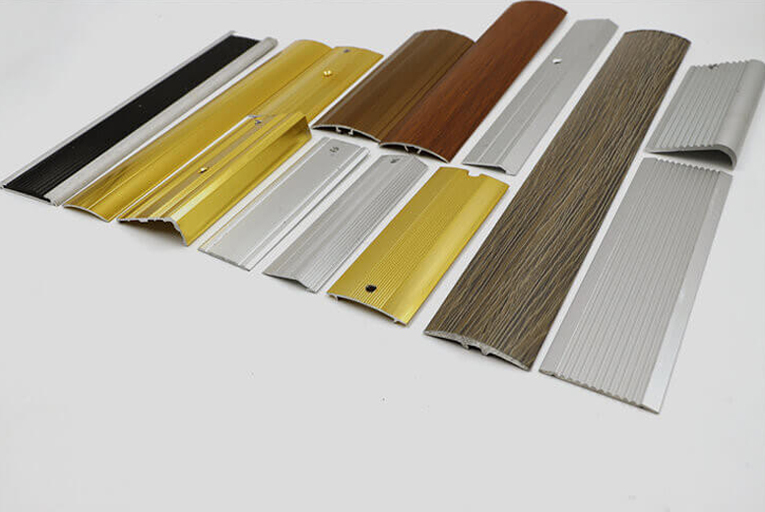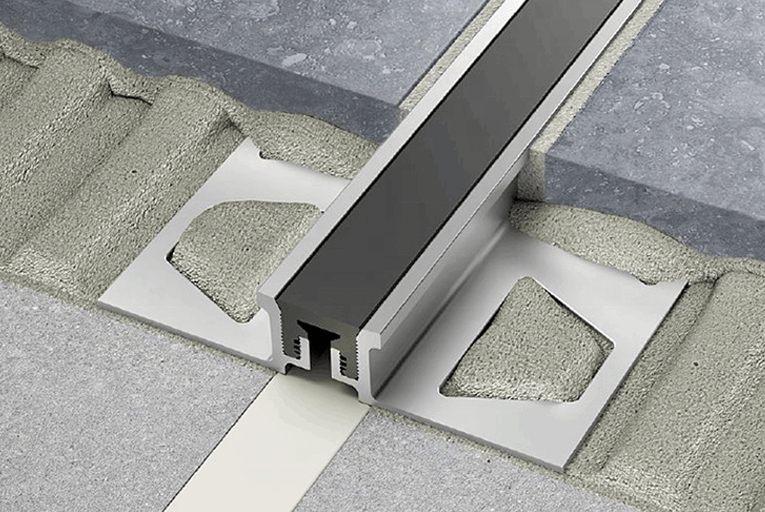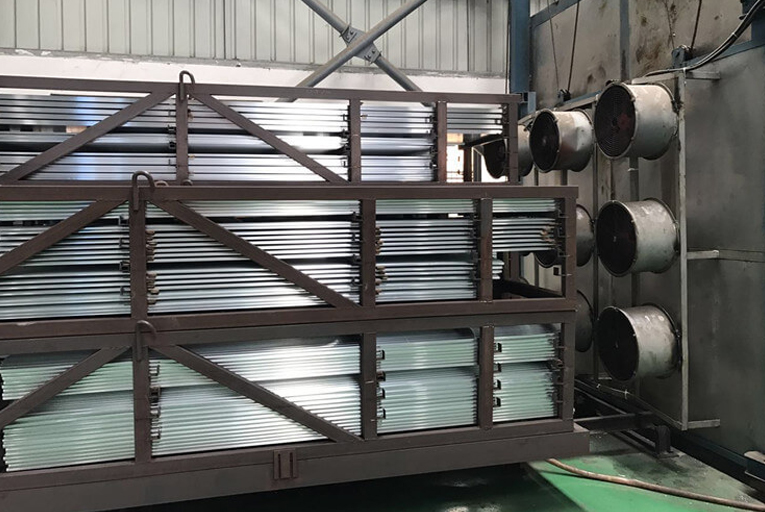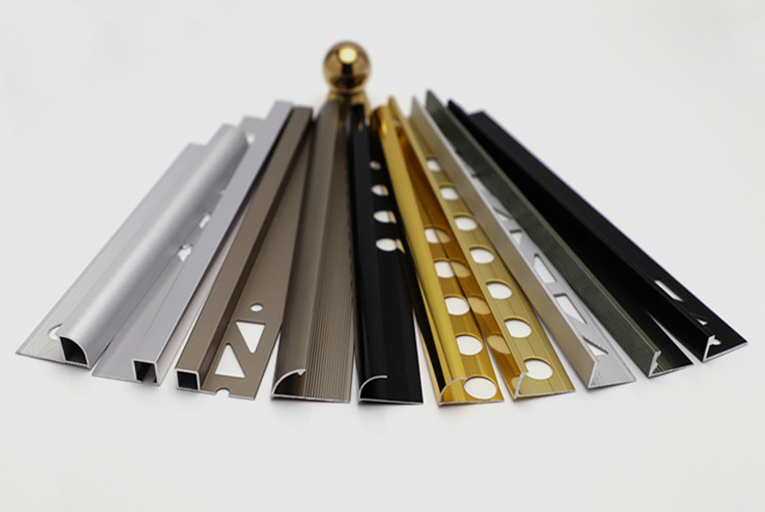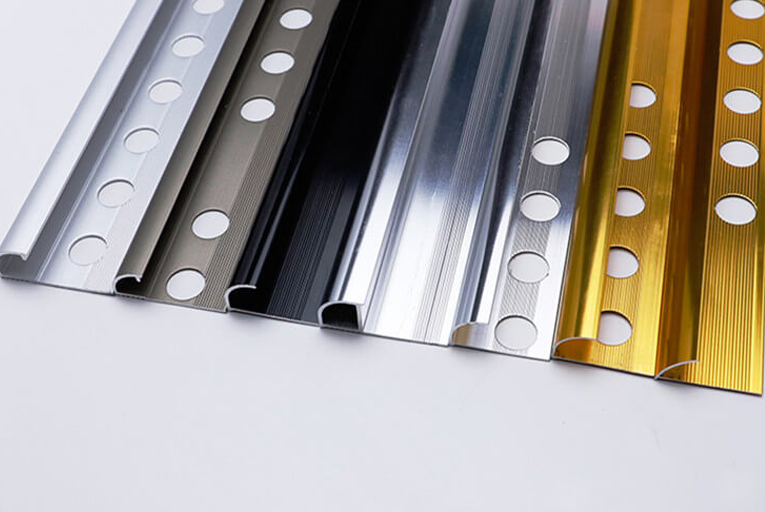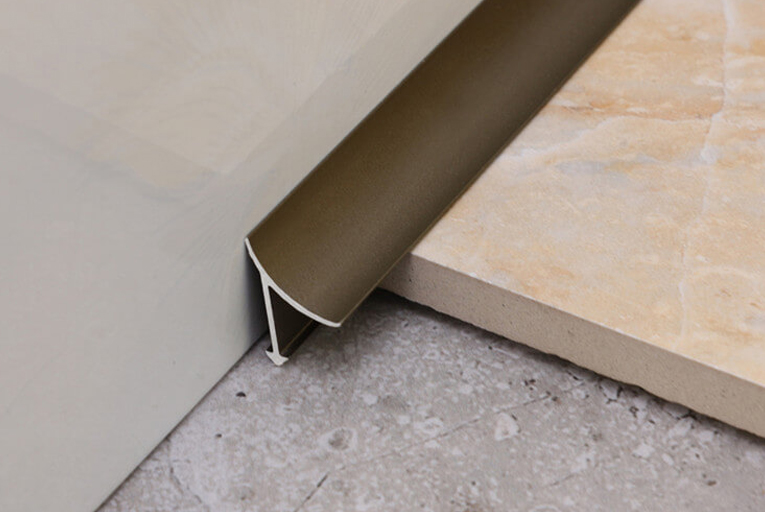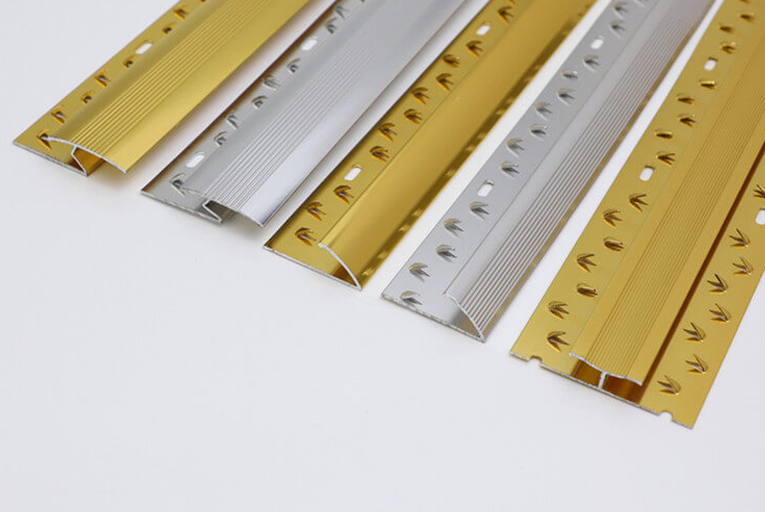Transitioning with Confidence- Expert Tips for Installing Tile Transition Strips
Tiling projects, whether it’s flooring, countertops, or showers, often involve transitions between different surfaces, materials, or heights. Transition strips are essential for these areas, providing a smooth and seamless connection while enhancing aesthetics and functionality. “Transitioning with Confidence: Expert Tips for Installing Tile Transition Strips” offers invaluable guidance, ensuring a professional-looking finish to your tiling projects.
Measure and Plan Precisely
Accurate measurements are crucial for successful strip installation. Measure the length of the transition area and cut the strip accordingly. Consider the height of the adjoining surfaces and choose a strip that matches or slightly overlaps to prevent tripping hazards.
Clean and Dry the Surface
Proper surface preparation is essential. Clean the subfloor or adjoining tile surface thoroughly, removing dust, debris, or any adhesive residue. Use a damp cloth and a degreaser to ensure the area is free of oils or contaminants that may affect adhesion.
Apply Adhesive Evenly
Most transition strips come with pre-applied adhesive. If not, select a high-quality adhesive specifically designed for tile transitions. Apply the adhesive evenly along the back of the strip, avoiding excess. Press the strip firmly into place, ensuring it is fully adhered.
Align and Level
Once the strip is in place, check its alignment and level. Use a level or straight edge to make adjustments as needed. If the strip is slightly higher or lower than the adjoining surfaces, use a thin-set mortar or grout to fill in the gaps.
Grout and Seal
Grouting the transition strip ensures a waterproof seal and a professional finish. Follow the manufacturer’s instructions for mixing and applying the grout. Use a grout float to fill in the spaces between the strip and the adjoining tiles. Allow the grout to cure before applying a sealant.
Finishing Touches
After the grout has dried, apply a high-quality sealant to protect the grout from moisture and stains. Choose a sealant that matches the color of the grout or tile. This final step enhances durability and maintains a polished appearance.
Tips for Specialized Transitions
In certain situations, specialized transition strips are required. For transitions between different flooring materials, such as tile and carpet, a T-molding or reducer strip is suitable. For transitions from tile to showers or tubs, a shower curb or threshold is recommended. These specialized strips cater to specific functional and aesthetic requirements.
Conclusion
Installing tile transition strips may seem daunting, but with the expert tips provided in “Transitioning with Confidence: Expert Tips for Installing Tile Transition Strips,” you can achieve a flawless finish. Remember, meticulous measurements, proper preparation, precise adhesive application, and attention to alignment and grouting are key. By following these guidelines, you’ll create beautiful and functional transitions that enhance the overall appeal and longevity of your tiling projects.
-
The 6 Hottest Tile Trim Solutions for 2021
2022-02-09 -
How to Install Tile Trims Line?
2022-02-09 -
Difference Between Sandblasting and Anodizing Surface Treatment of Aluminum Tile Trim
2022-02-09 -
The Different Uses of Tile Outside Corner Edging Trim and Inside Corner Edging Trim
2022-02-09 -
The Most Popular 5 Different Materials of Tile Trim Line
2022-02-09 -
What is Carpet Cover Trim?
2022-02-09
